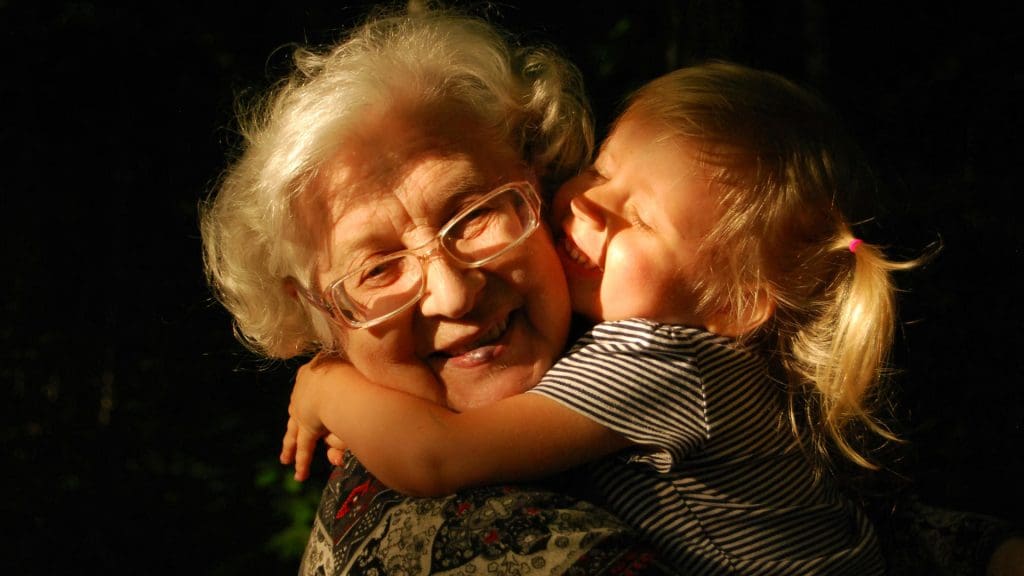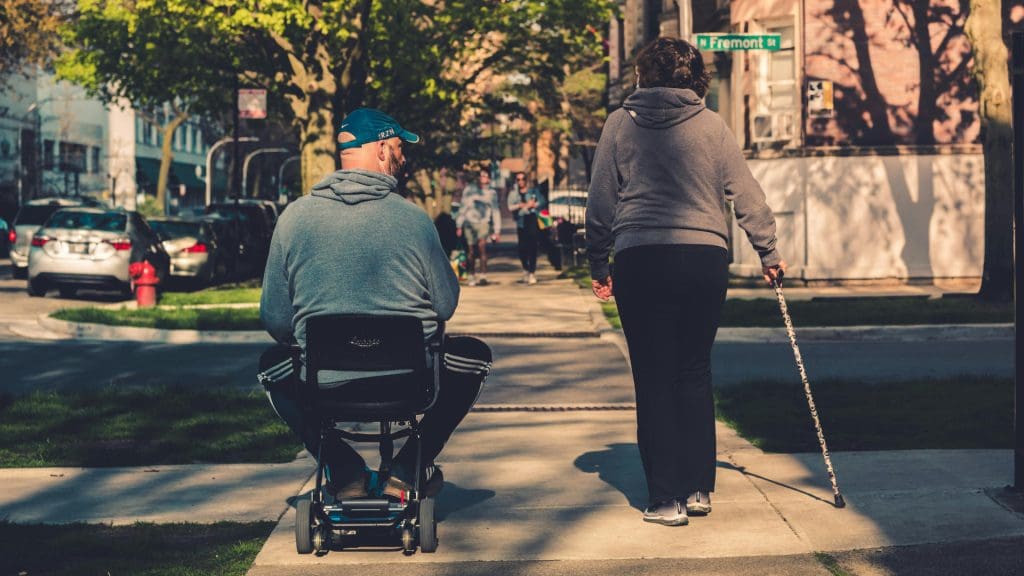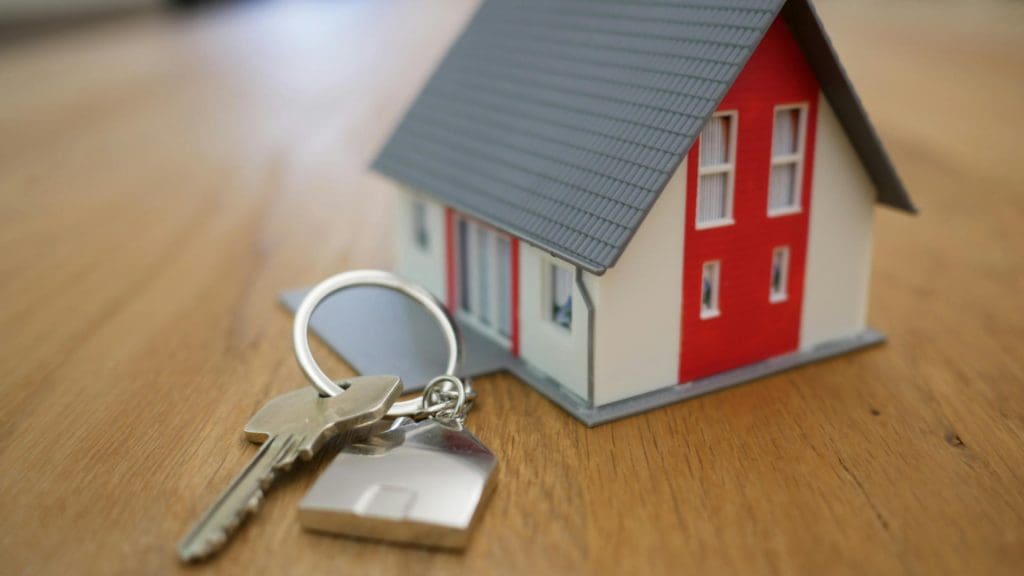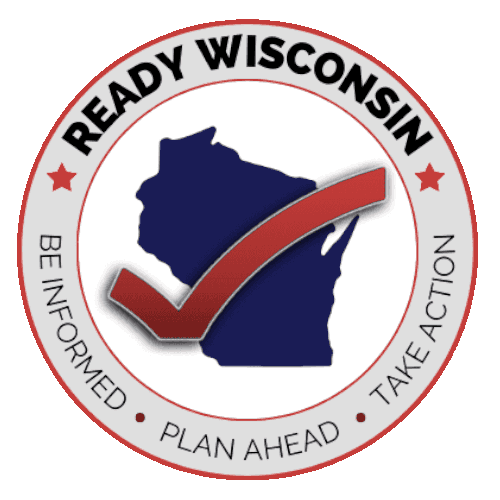Disasters or emergencies can happen at any moment, with little notice. Being prepared is especially important in the case of a disaster. It’s up to everyone to make a plan about possible emergencies in your area.
Creating and practicing an emergency plan will help you know what to do in a crisis. There is no one more capable of planning for your situation than you.

Families
Discuss how members of your family will get in contact with each other during an emergency. Designate a contact outside of your area, just in case local phone connections are jammed up.

Older Adults
Dealing with medical conditions or other specialized needs during an emergency can be difficult. Make sure you plan for how you will get around or access essential medical care.

Disabilities & Functional Needs
If you or someone close to you has a disability or a functional need, you may have to take additional steps to protect them in an emergency.

Pets
Pets are members of the family too. Make sure you have a plan in place for evacuating your pet in an emergency or following a disaster.

Protecting The Life You Have Built
When disaster strikes, your immediate concern will be your safety and the safety of those you care about. But once the danger has passed, having important paperwork available can help you start the recovery process quickly.

